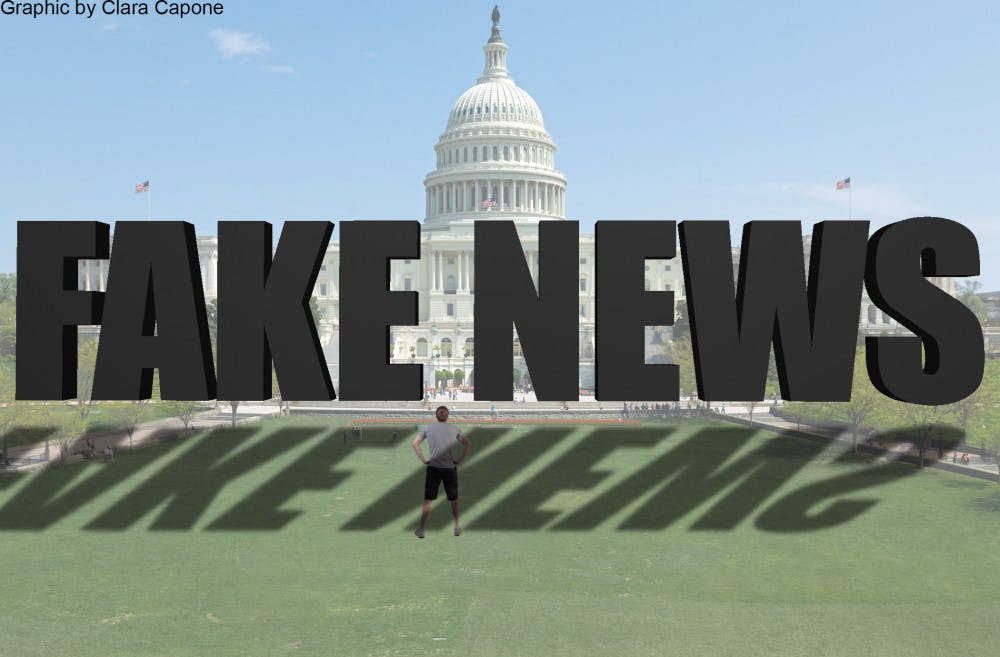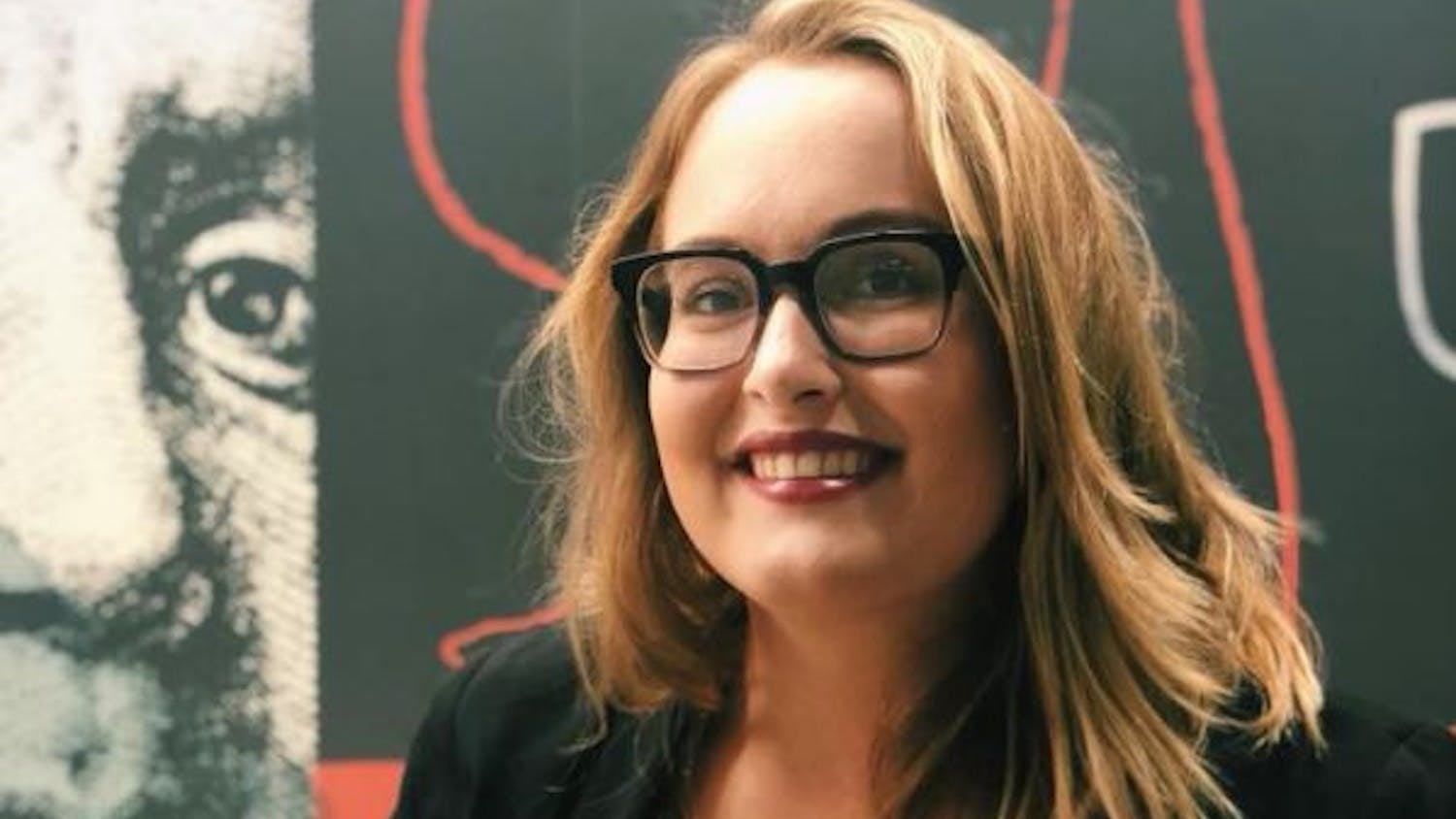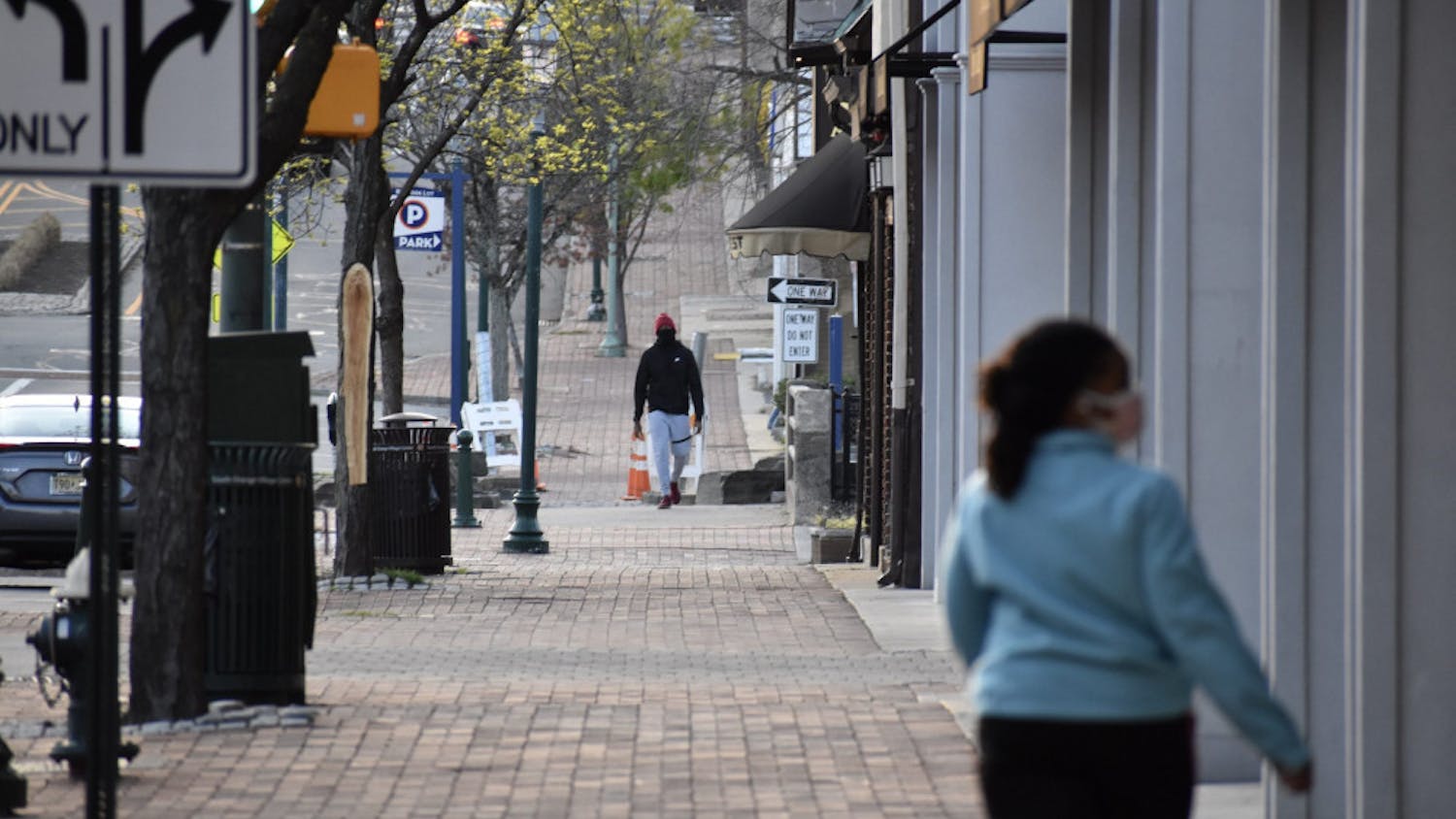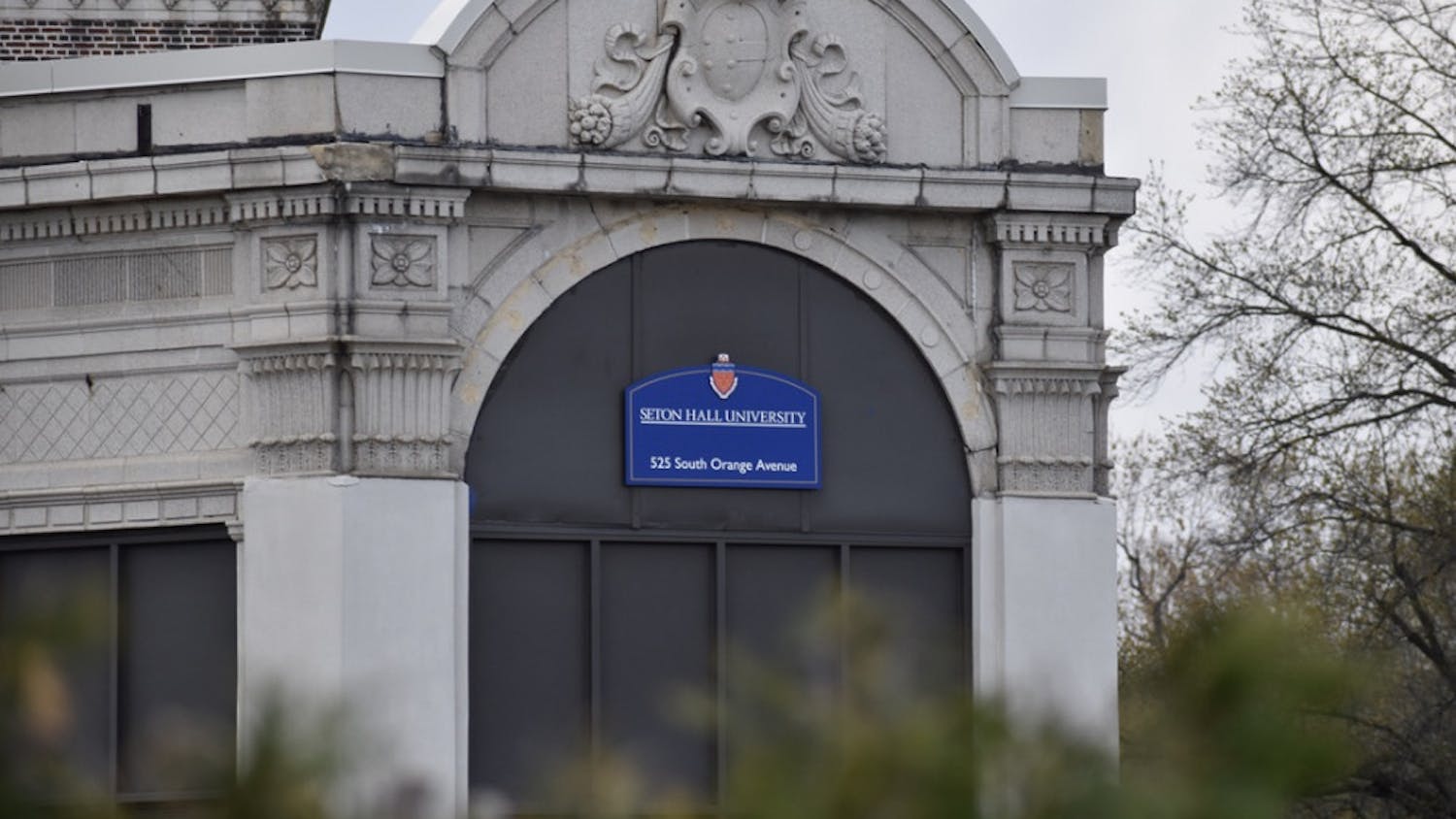On Sept. 30, a 23-year-old graduate of Davidson College named Cameron Harris published a story online about an electrical worker who found boxes of ballots pre-marked for Hillary Clinton.
The story was false.

Harris fed into readers’ beliefs that the election was going to be rigged. By deliberately trying to mislead, his article holds to be one of many that constitute fake news, a trend that has increased as of late.
President Donald J. Trump believes that fake news can come from outlets as large as CNN, while others hold fake news to be the false articles and posts that spread so easily on social media.
Fake news is a problem that has come about with recent technological advances.
In the past, people went to newspapers and network television for all their news, trusting that those professional journalists would report with honesty.
For the most part, they did. Now, with the ability to instantly post online, people try to stir controversy. In some cases, fake news producers like Harris are trying to make money by coming up with stories that invite the most clicks. The more an article is shared, the more advertising revenue it generates. All that sharing makes it appear more credible, at least to some people.
At the same time, the new White House has taken to applying the term fake news to any critical reporting, even when the reporting is demonstrably accurate.
As college students, we have to be actively aware that fake news exists alongside attacks on legitimate news. We have to know that not everything posted on Facebook is truthful, but now we also have to know which news sources to trust and rely on.
President Trump apparently doesn’t want us to trust any news outlet. He’d rather disseminate information himself on Twitter and through his staff.
That’s concerning given the rate at which he distorts the truth. A study by PolitiFact concluded that 69.9 percent of Trump’s statements were some degree of false. By comparison, former President Barack Obama was at 25.2 percent.
Fake news is when false “facts” are reported, spread and taken as truth. One example is Trump’s unsubstantiated claims that millions of illegal ballots were cast in the election. In other times, such methods were known as propaganda.
Luckily, Facebook is working with The Associated Press, along with other outlets, to curb the sharing of fake news, such as the “Pope endorses Trump” headlines that made the rounds during the campaign but were unfounded. Apple chairman Tim Cook has also called on the social media and technology industries to work together to fight fake news.
As students, at a time when people in the highest office try to discredit the news media, we must rely on our education and judgment.
Click on the articles, but know the facts. Is it being reported anywhere else? Is it a reputable source? Know which outlets care about truth and which care about controversy.
As Bill Maher said on Feb. 10 on Real Time with Bill Maher, “We don’t seem to want smart people in our lives anymore.”
As college students currently in a learning environment, we must keep a love for knowledge alive and spread what is truthful and call out what is not.
We have the power to kick fake news to the side and bring knowledge to the forefront again. We just have to utilize it.
Elizabeth Swinton is a broadcasting and visual media major from Linden, N.J. She can be reached at elizabeth.swinton@student.shu.edu or on Twitter @eswint22.





